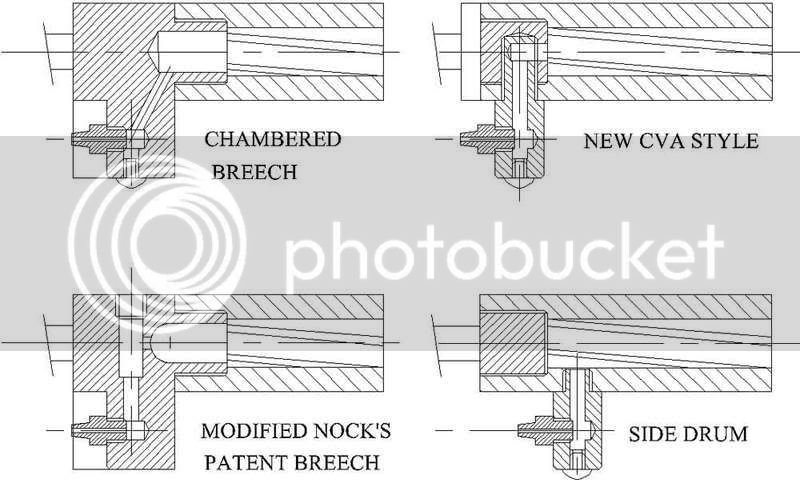Dave Orchard
Pilgrim
- Joined
- Dec 16, 2016
- Messages
- 89
- Reaction score
- 39
I was into caplock rifle 1st, then flint for a long time, then laid-off ML.s for 30 years except some perc. revolvers.
"Back-when" I shot caplock rifle, I tried venting the drum like Turner Kirkland mentioned in a DGW cat. of that time, and it DID seem to increase reliability.
In damp weather you plugged the tiny vent hole w/ a little bit of beeswax or the broke-off end of a toothpick.
Have any of YOU got pro or con on the subj. of venting drums?
Davo
"Back-when" I shot caplock rifle, I tried venting the drum like Turner Kirkland mentioned in a DGW cat. of that time, and it DID seem to increase reliability.
In damp weather you plugged the tiny vent hole w/ a little bit of beeswax or the broke-off end of a toothpick.
Have any of YOU got pro or con on the subj. of venting drums?
Davo





